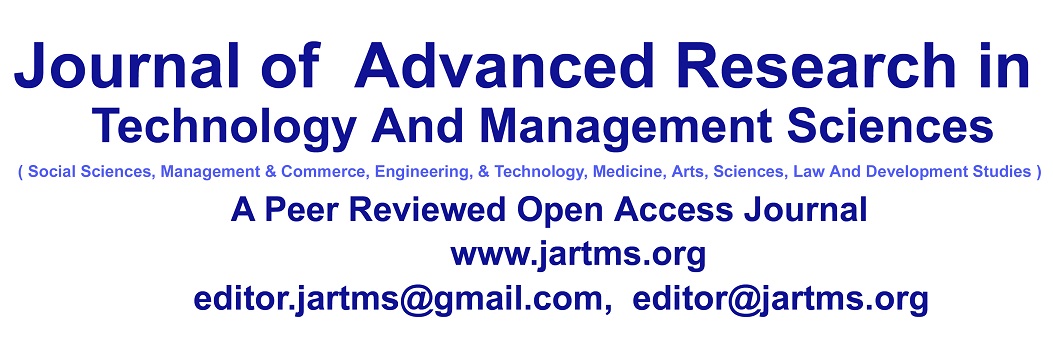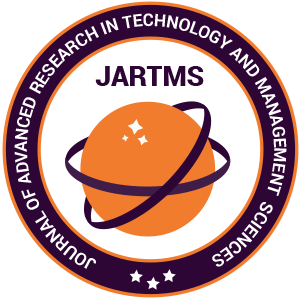Article
A Study on Green Cloud Computing and its Challenges
Cloud computing has emerged as an effective way to tackle the storage and processing challenges associated with large amounts of data. It offers cost-effective, fast, flexible, and scalable solutions. Despite significant advancements in cloud computing and its services, the development of environmentally-friendly "green clouds" is still in progress. This is largely due to limited research and various implementation barriers. Green clouds aim to be eco-friendly, energy-efficient, resource-efficient, low in carbon emissions, and sustainable. Cloud service providers are continually striving to meet the increasing demands of enterprise data storage and processing. To address the environmental implications associated with cloud computing, these providers are actively implementing innovative technologies such as Green Cloud Computing in their architectural designs. The goal is to minimize power consumption, water usage, reliance on physical hardware peripherals, overall infrastructure, and the release of harmful carbon emissions. In order to protect our environment, service providers must adopt and enhance their cloud infrastructure to align with green computing principles. Extensive research in this field focuses on the development of efficient cloud systems that possess green characteristics, including load balancing, virtualization, power management, computing, high performance green data centers, and promoting reusability and recyclability. This analysis report aims to provide a detailed overview of green cloud computing and its key features. It delves into the previous accomplishments in green computing, explores current trends in the field, and outlines future research challenges. This comprehensive analysis report serves as a valuable resource for aspiring green researchers, offering insights into green cloud topics and the upcoming challenges in the field.
Full Text Attachment















































































